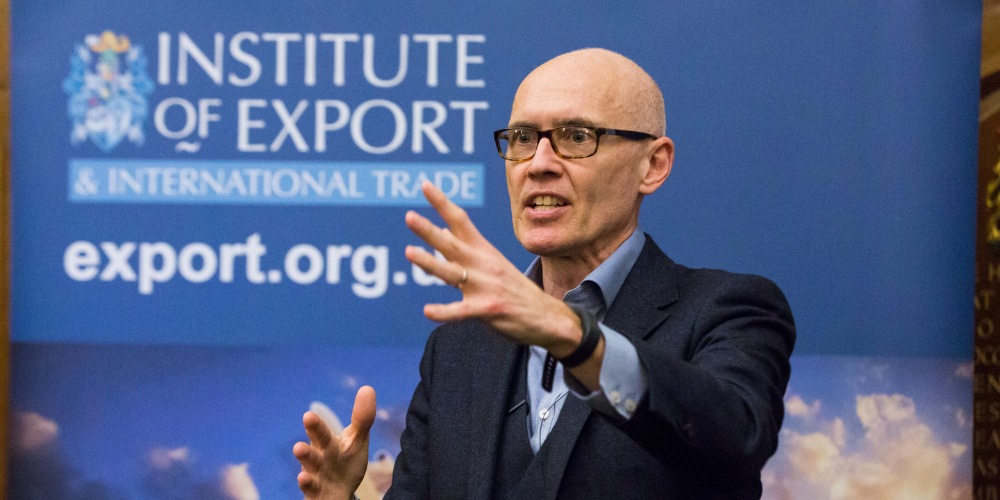
This week we have launched a new report setting out the opportunities and challenges of digitalising trade, writes Marco Forgione, director general of the Institute of Export & International Trade.
The report, Trade Data and Digitalisation (available to download here), takes a comprehensive look at the benefits that adopting full digitalisation could bring to trade. It crystallises some of that thinking by setting out the areas where trade is changing and what that will mean for the wider economy.
Digitalisation is changing every aspect of how our society and economy functions. It has changed how we work, perhaps never more swiftly than during the pandemic, and it has changed how we interact with each other.
While it is too much to say that it has eliminated distance, it has certainly made many people and places that were far away seem closer.
Why trade needs to digitalise
Trade has not been at the cutting edge of digital technologies.
The accumulated build-up of laws across assorted jurisdictions and, perhaps, a culture that looks to eliminate risk in transactions as far as possible has meant that change – which has come fast to some sectors – has been adopted much more slowly in international trade.
That is not to say that there hasn’t been progress, but it is happening more slowly than in other areas of economic activity. For example, Bills of Lading, which trace their antecedents back to the 17th century, still require so-called ‘wet signatures’.
It is because of that international failure to adapt that the opportunity before us is so huge. We can make up quite quickly for lost decades and then move forwards with confidence.
Explosion in interest
The IOE&IT is not alone in that belief, with the last few years seeing an explosion in interest in digitalising trade. Of course, there are big savings offered by the prospect of making trade more efficient through digitalisation but there are also new horizons for traders – in goods and perhaps more particularly services – opened up by what is now possible.
In numbers
Globally over 2.5 quintillion bytes of data are produced each day. To give a sense of scale, the Milky Way is a quintillion metres wide. Any change which speeds up the transfer of data has the potential to make a huge impact. In the UK alone, the full digitalisation of trade data stands to add over 1%, some £25bn, to UK GDP.
Advances in technology
Trade has always been driven by advances in technology: in that respect the micro-processor stands alongside the wheel and the steam engine. Developed nations can now learn from the developing world where moves direct to mobile facilitated trade documentation are taking place.
Clarion call
Digitalisation of trade is the most significant issue in international trade today. This report sets out a clarion call for governments, inter-governmental organisations and businesses to really seize the opportunities of the digitalisation of trade information.
The IOE&IT is here to help businesses undertake this digital journey. We urge you to download this report and see for yourselves how the digitalisation of trade will fundamentally change the way we do business going forward.
Let me know what you think of the report by connecting with me on my LinkedIn and sharing your views, I can’t wait to hear from you.
Marco Forgione, director general, IOE&IT



